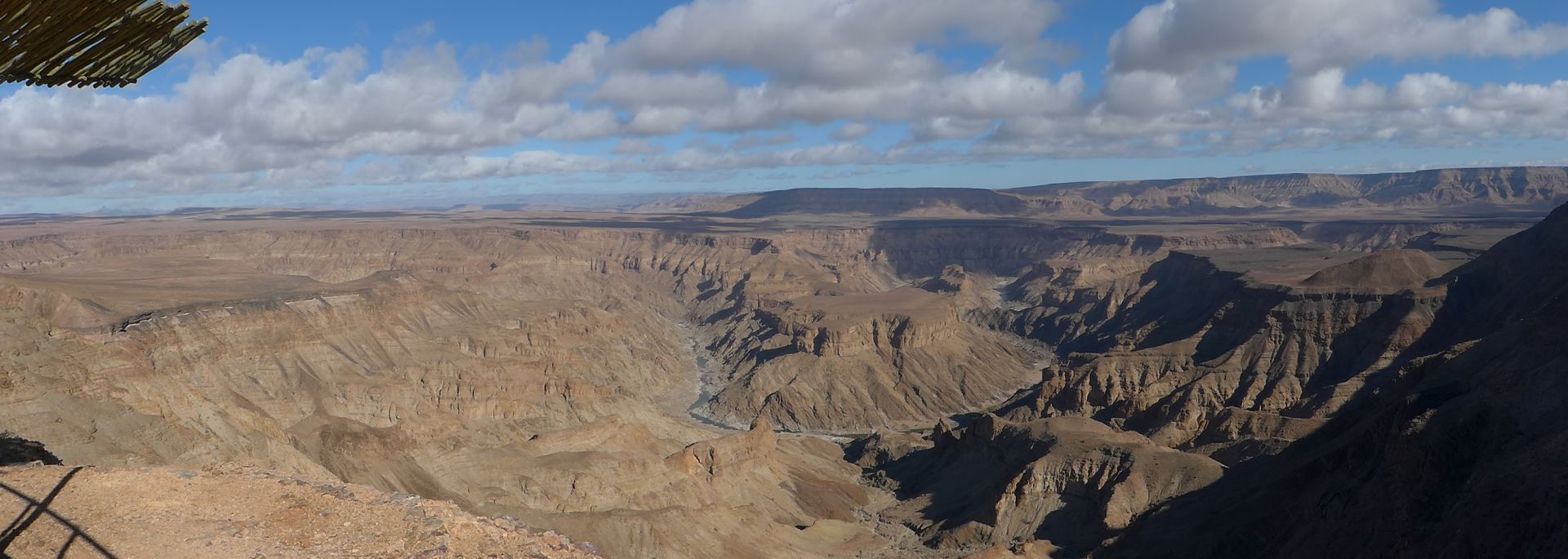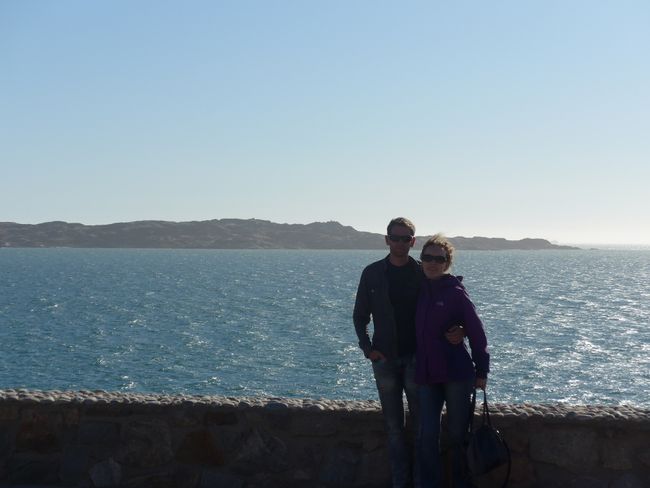Rotorua - Sheep Show and Sulphur Smell (New Zealand Part 18)
Опубликовано: 05.01.2019
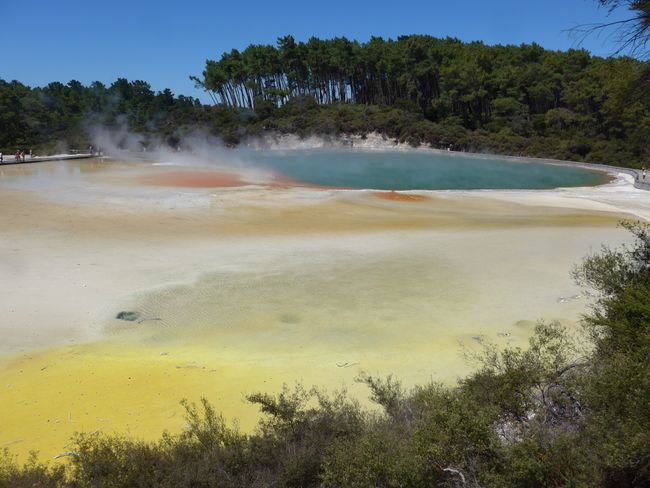

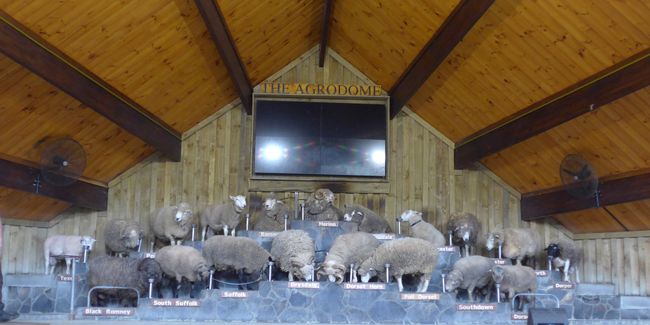
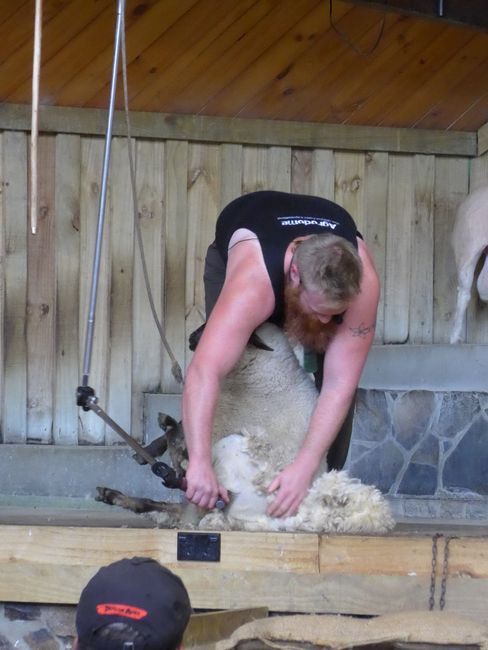
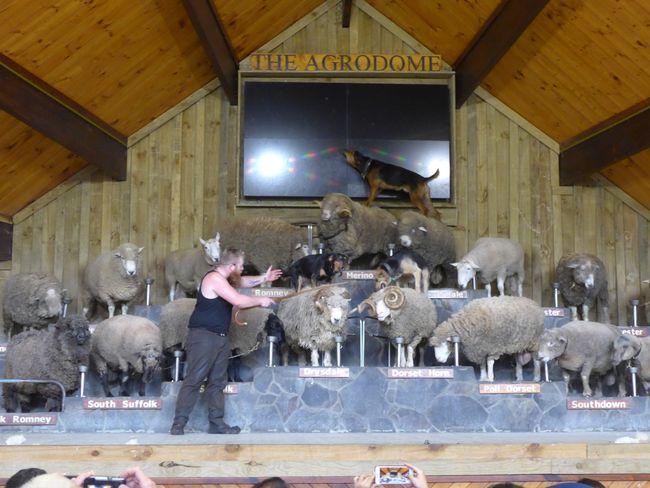
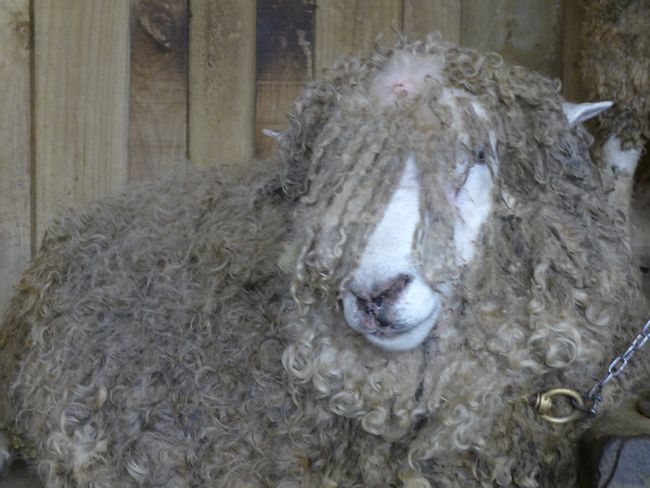
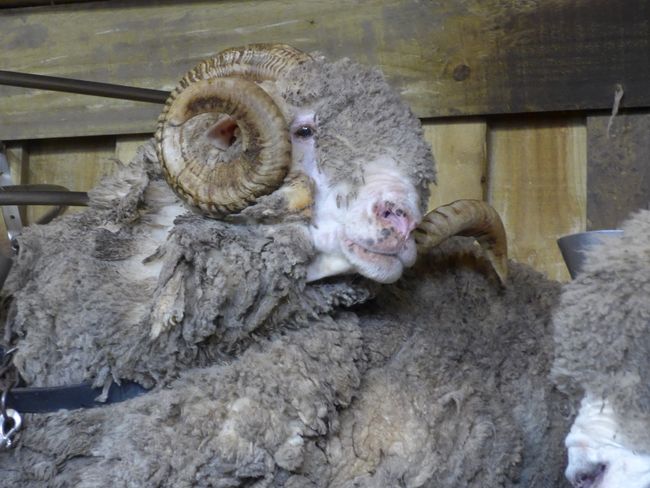
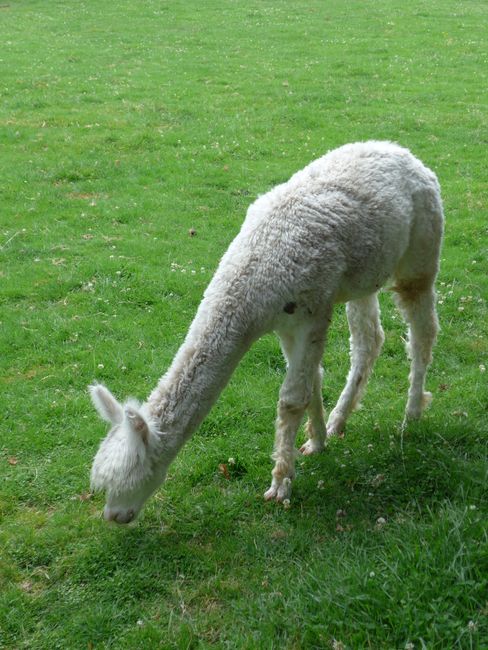
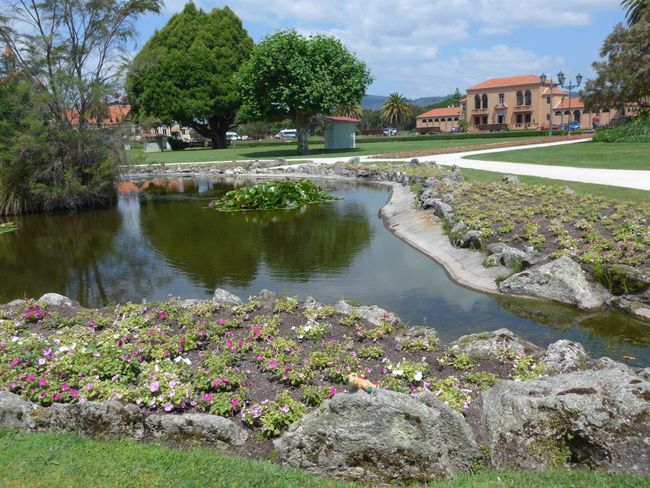
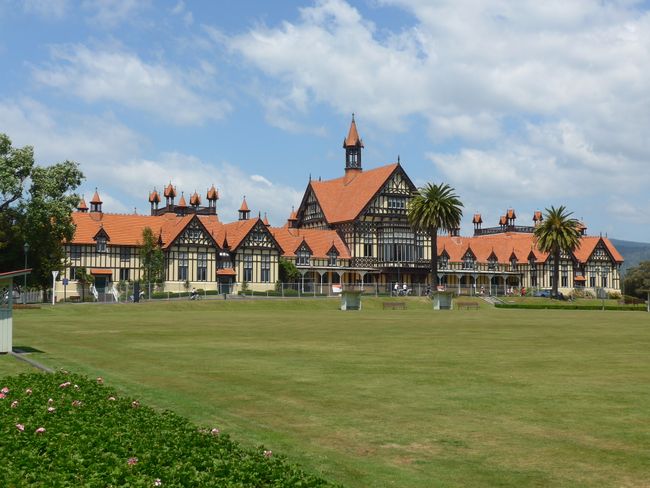
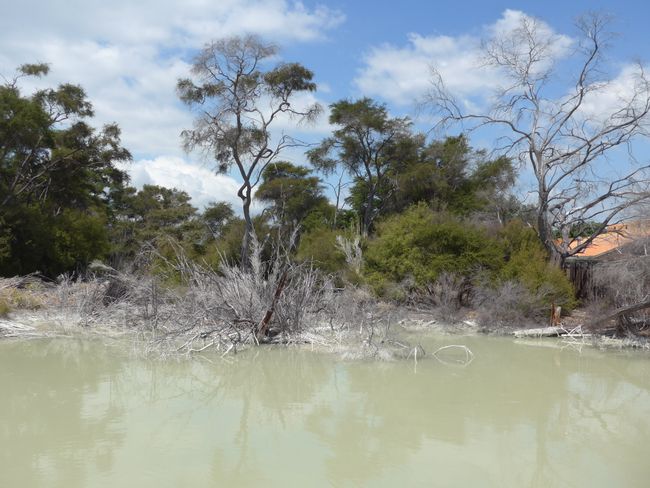
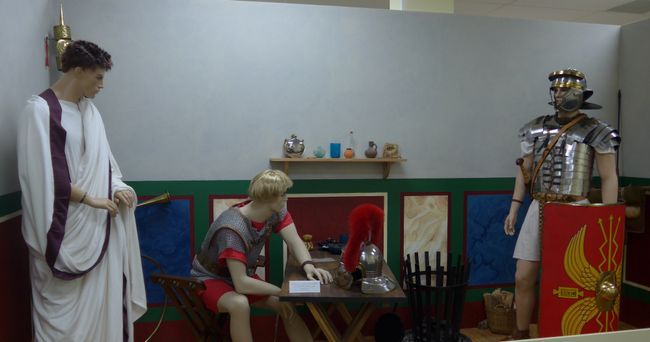
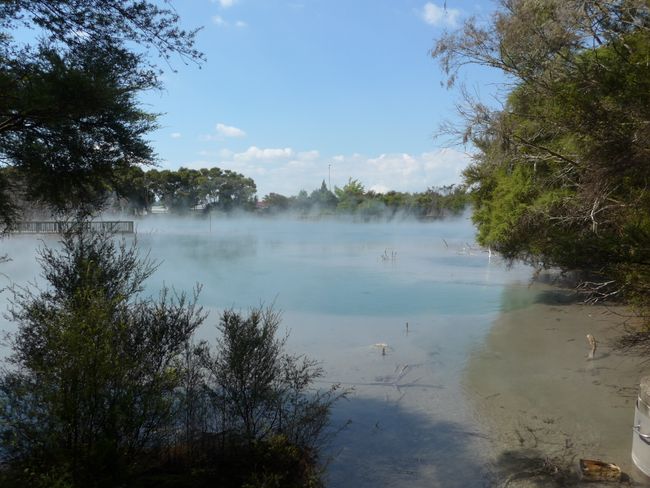
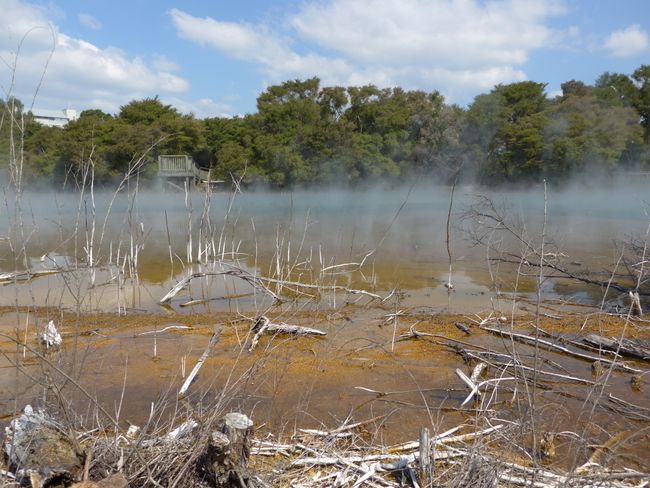
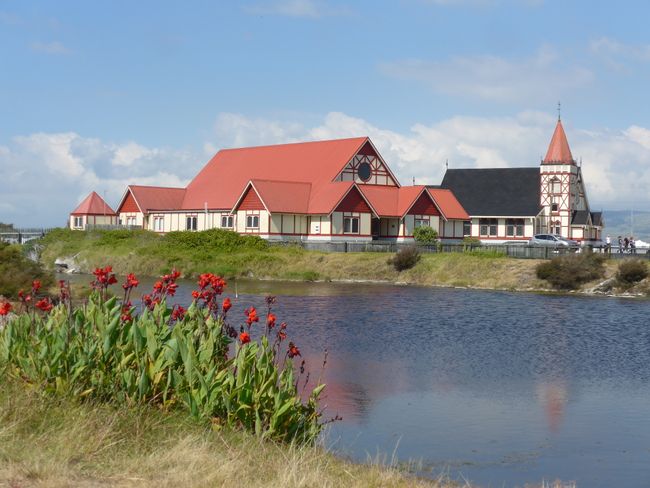
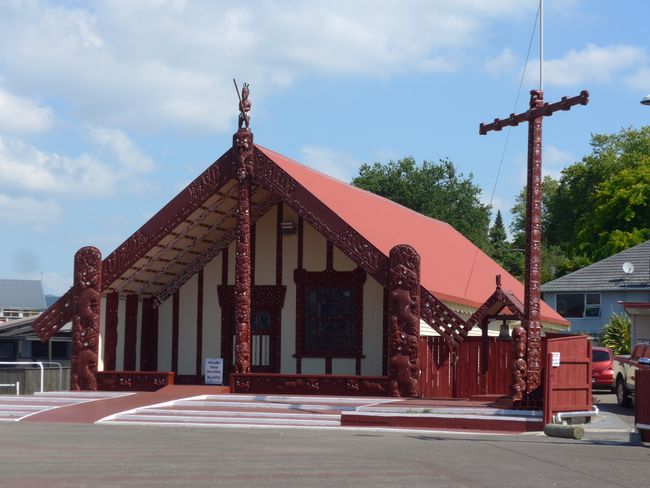
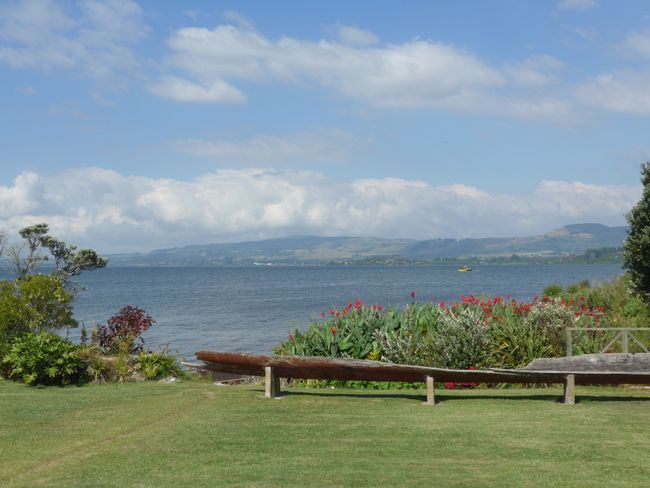
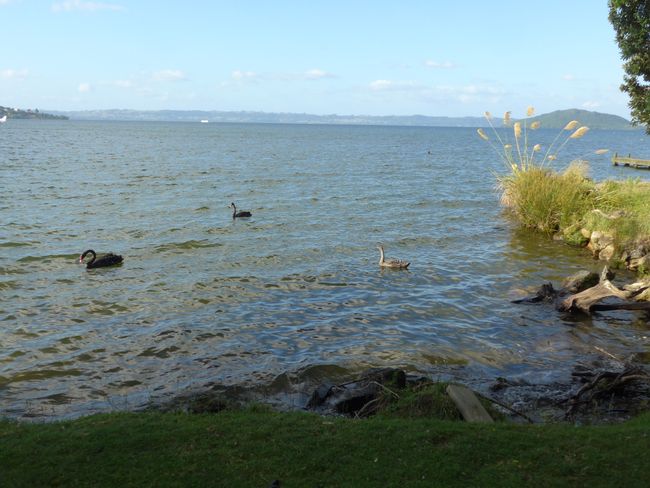
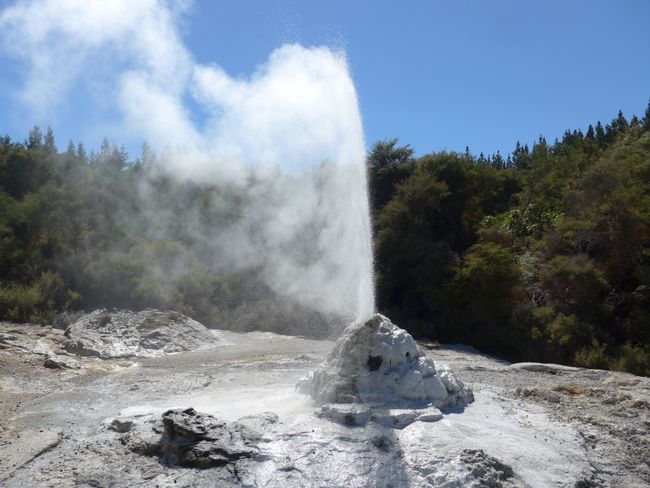
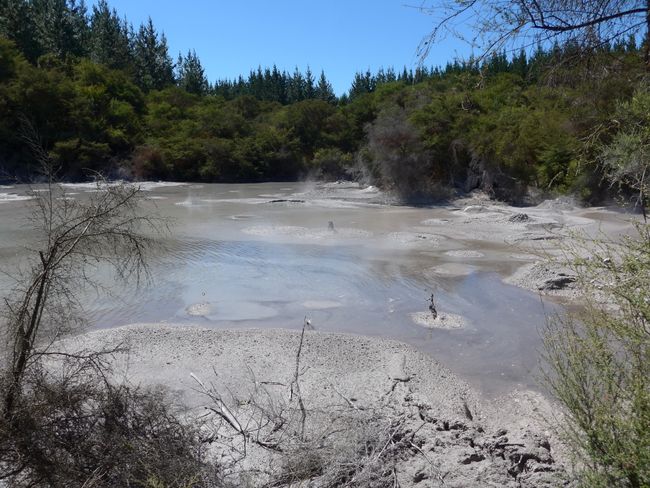
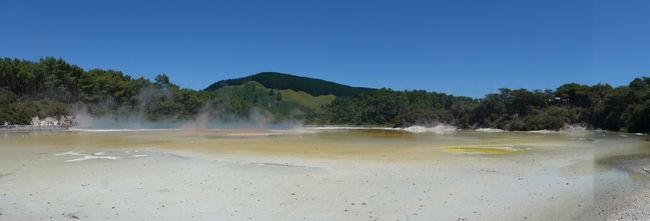
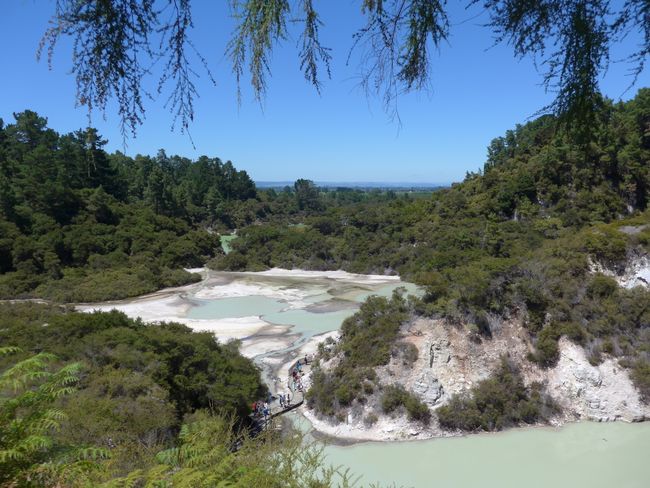
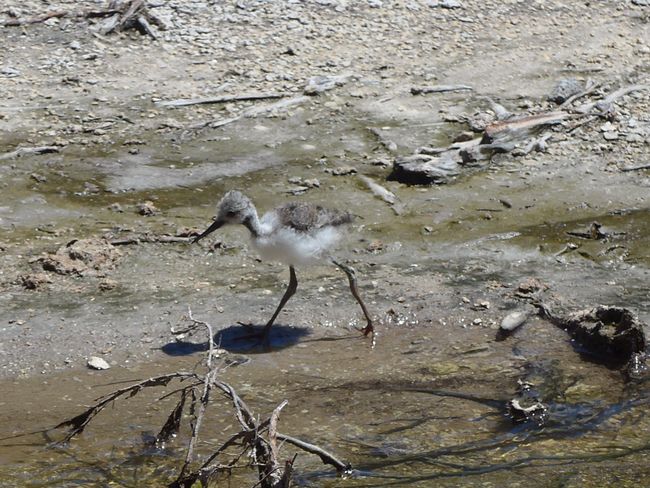
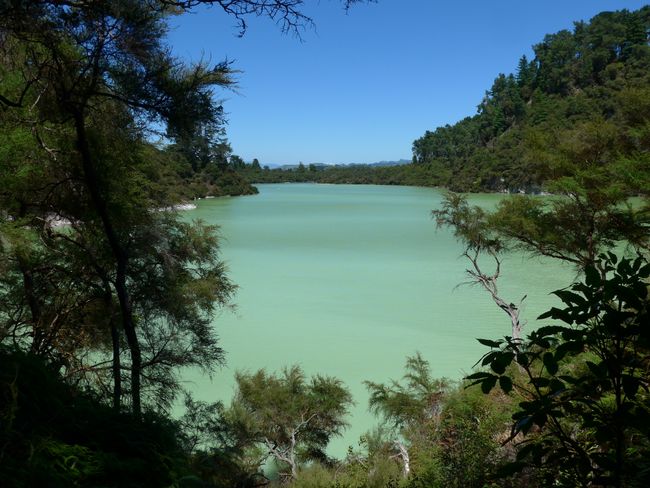
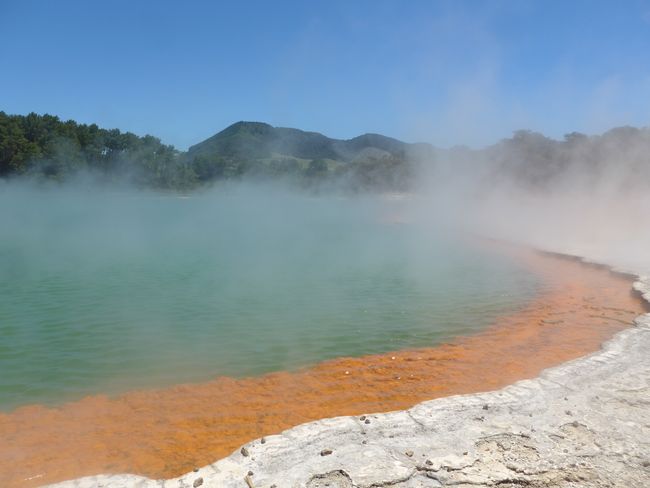
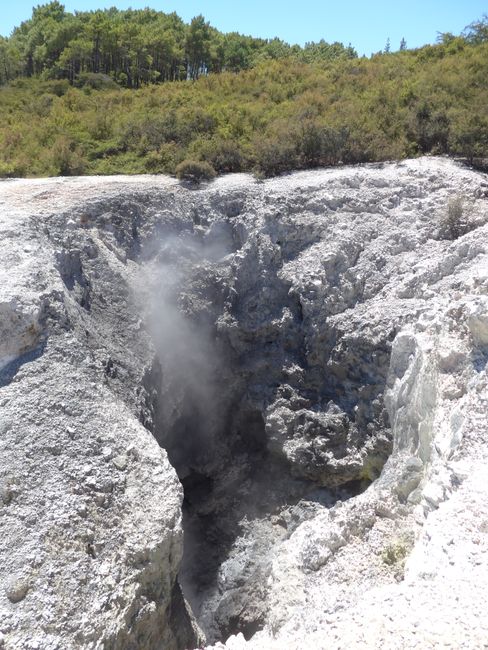
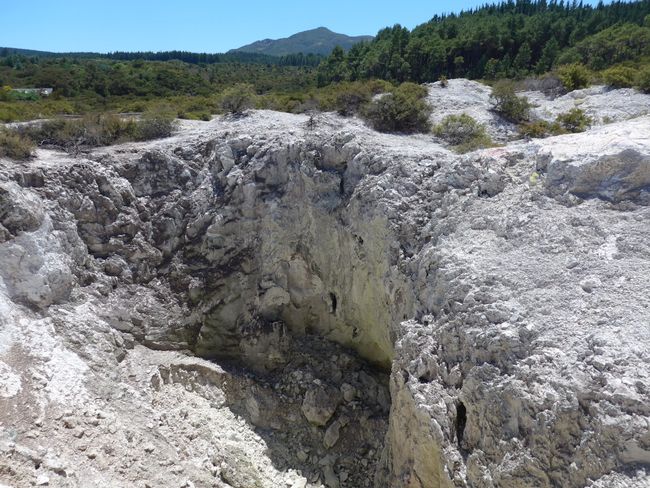
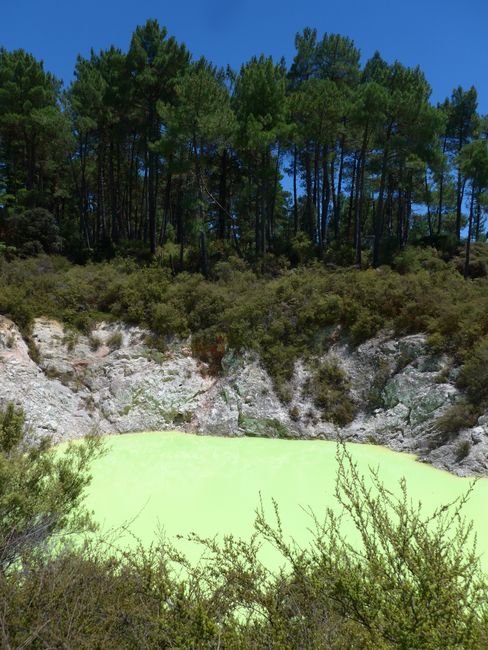
Подписаться на новостную рассылку
In the morning, we stopped at the "Agrodome" on our way to Rotorua. It is a farm that offers tours and shows. We had seen a "Sheep Show" in a documentary about New Zealand before and now we wanted to experience it live.
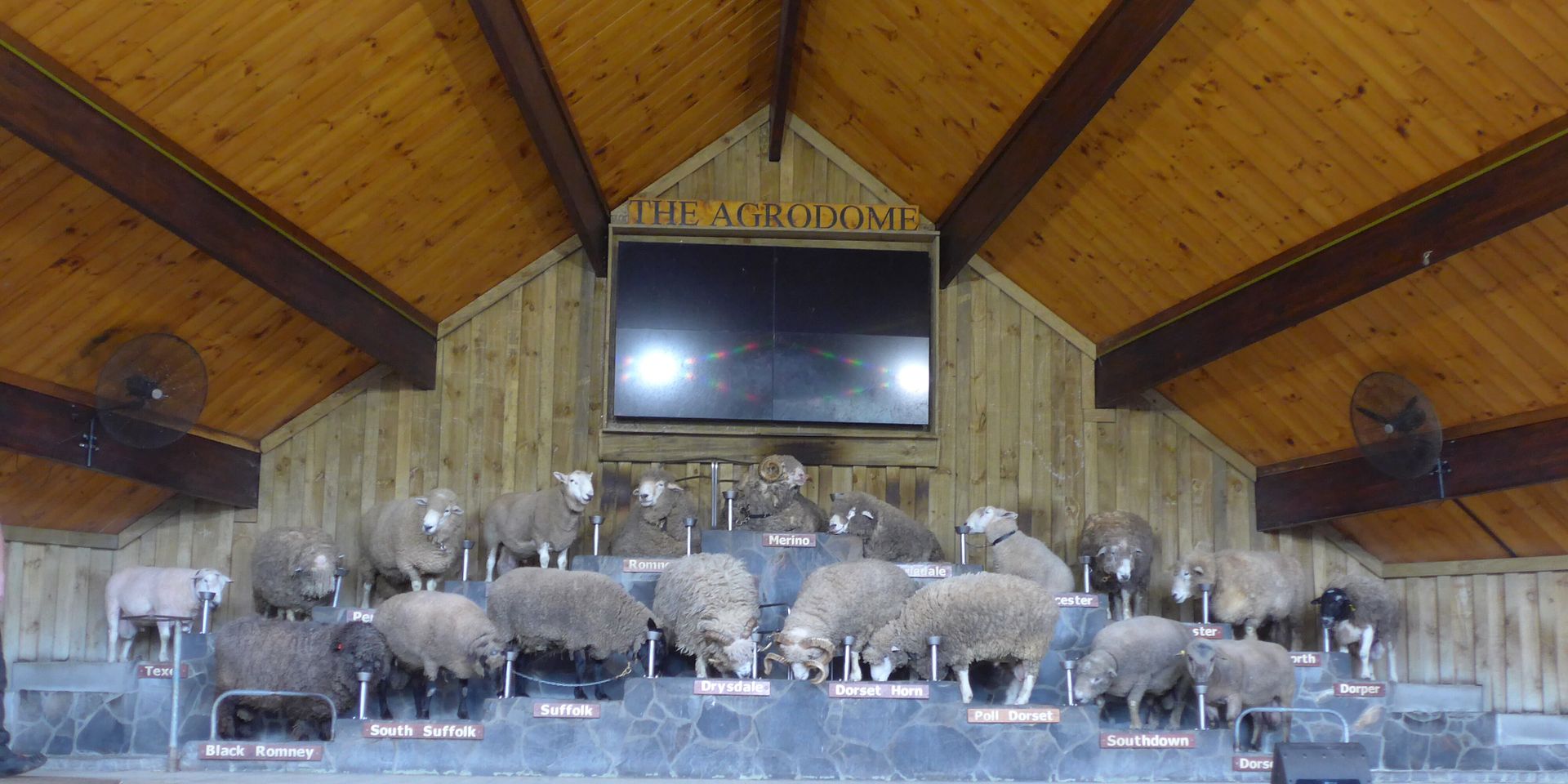
First, different types of sheep were brought onto the stage and briefly introduced. The animals were more interested in the food prepared for them than in the spectators, and they even tried to steal food from other bowls on their way to their place.

Then they showed how a sheep is sheared, which the sheep was not very enthusiastic about.
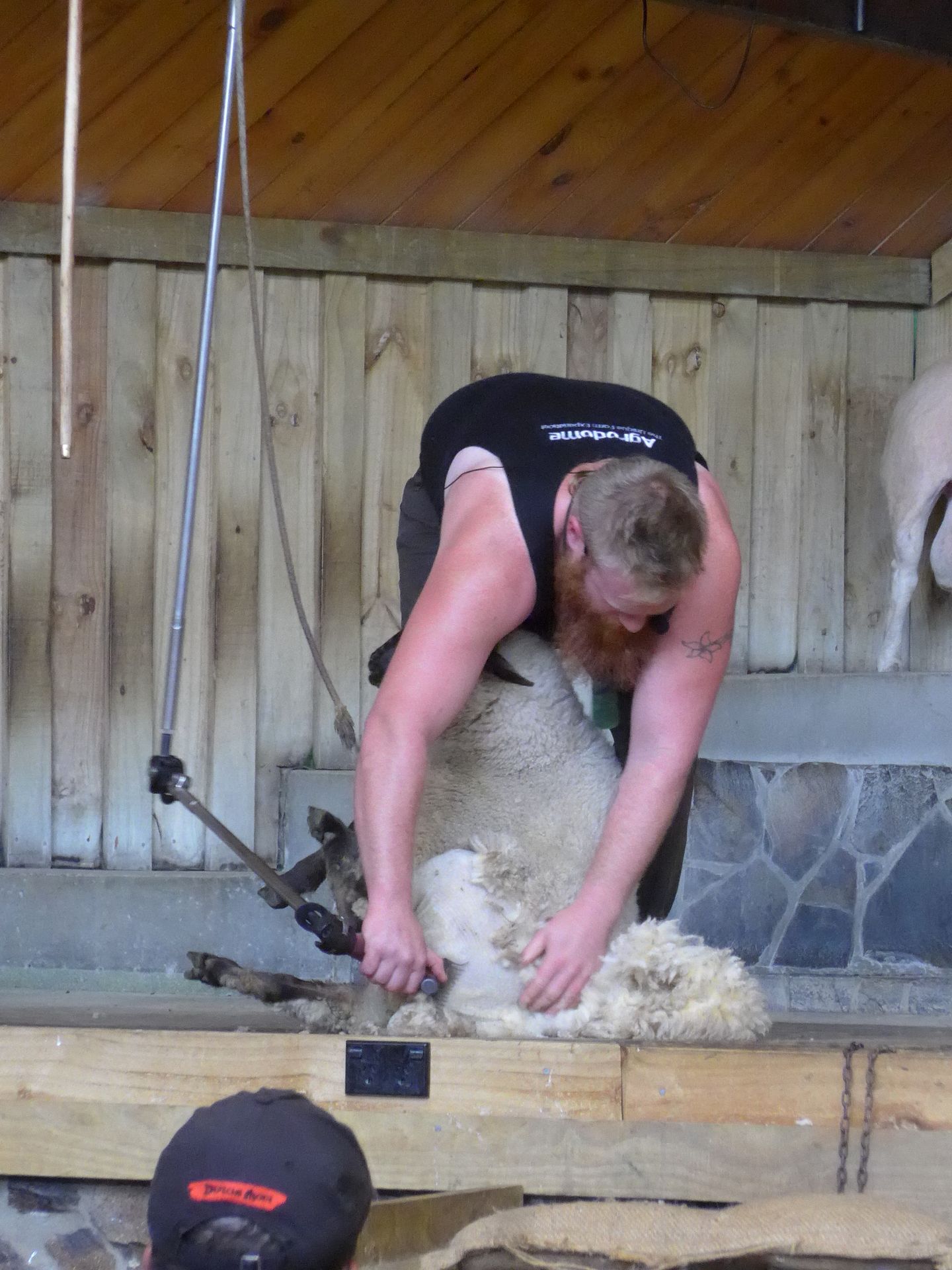
At the end, the sheep dogs were brought onto the stage. Due to the lack of space, they were only allowed to herd a few geese instead of sheep. But they were still able to jump over the backs of the sheep in the audience.
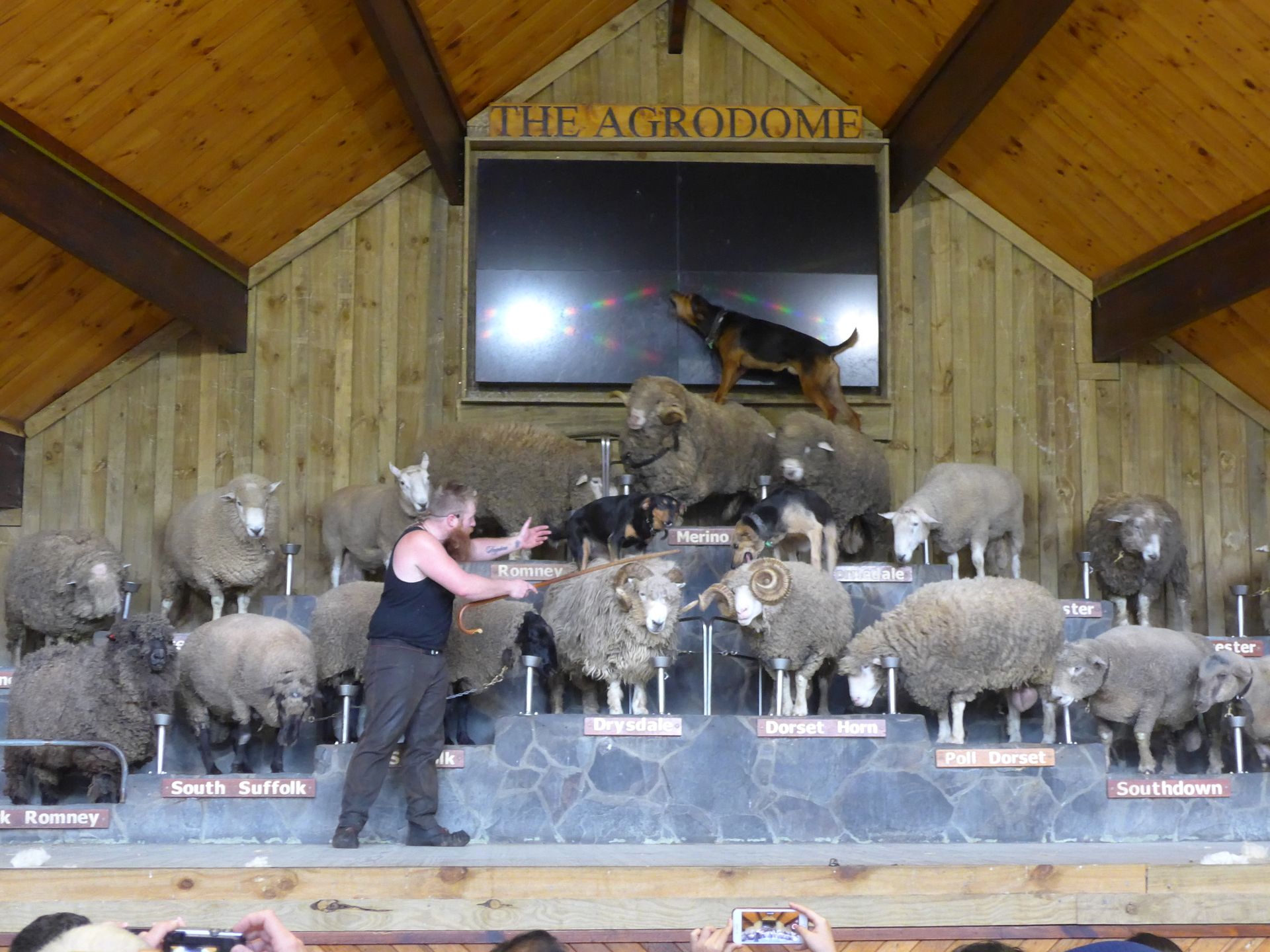
Afterwards, there was also time for a personal sheep photo.


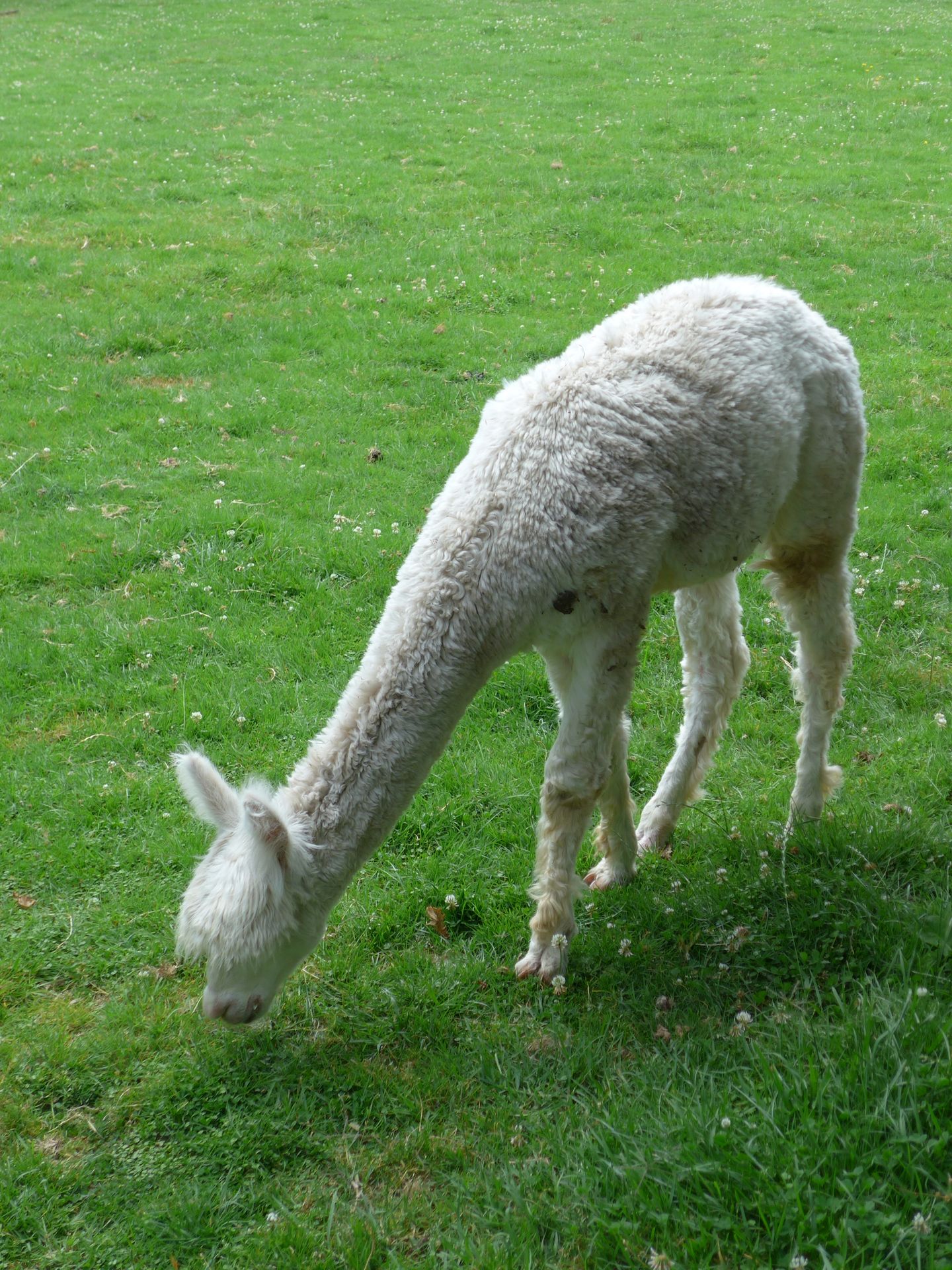
In Rotorua, we managed to get the last spot of the three free campervan parking spaces by the lake, where we were greeted by a slight smell of sulphur.

We then walked through the city, which has some very beautiful buildings...

...like the museum
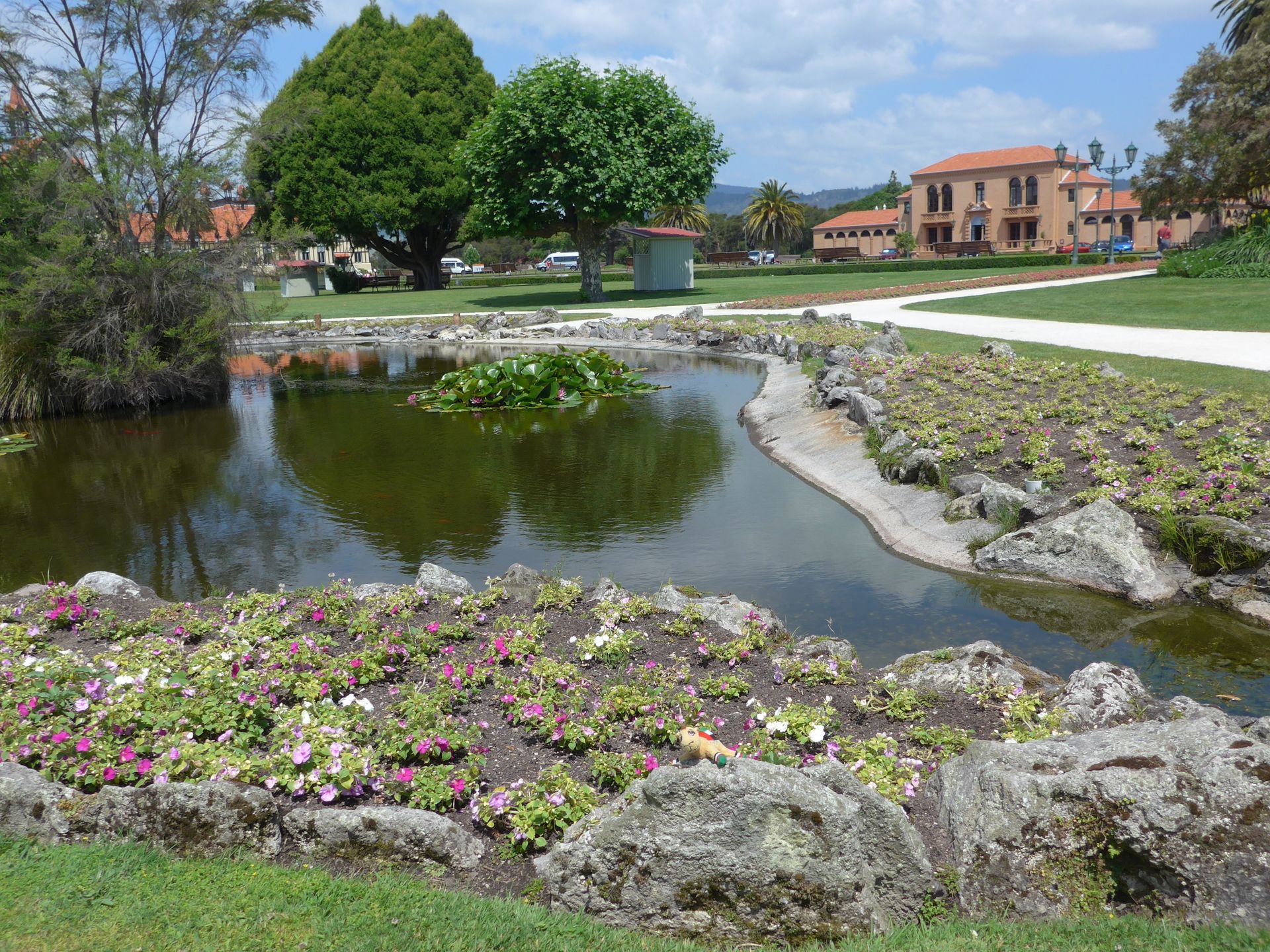
and the "Blue Baths".
These were one of the first public mixed bathing houses in the world.

The thermal landscape creates a more or less intense sulphur smell in the city and steam comes out of the ground at various places.
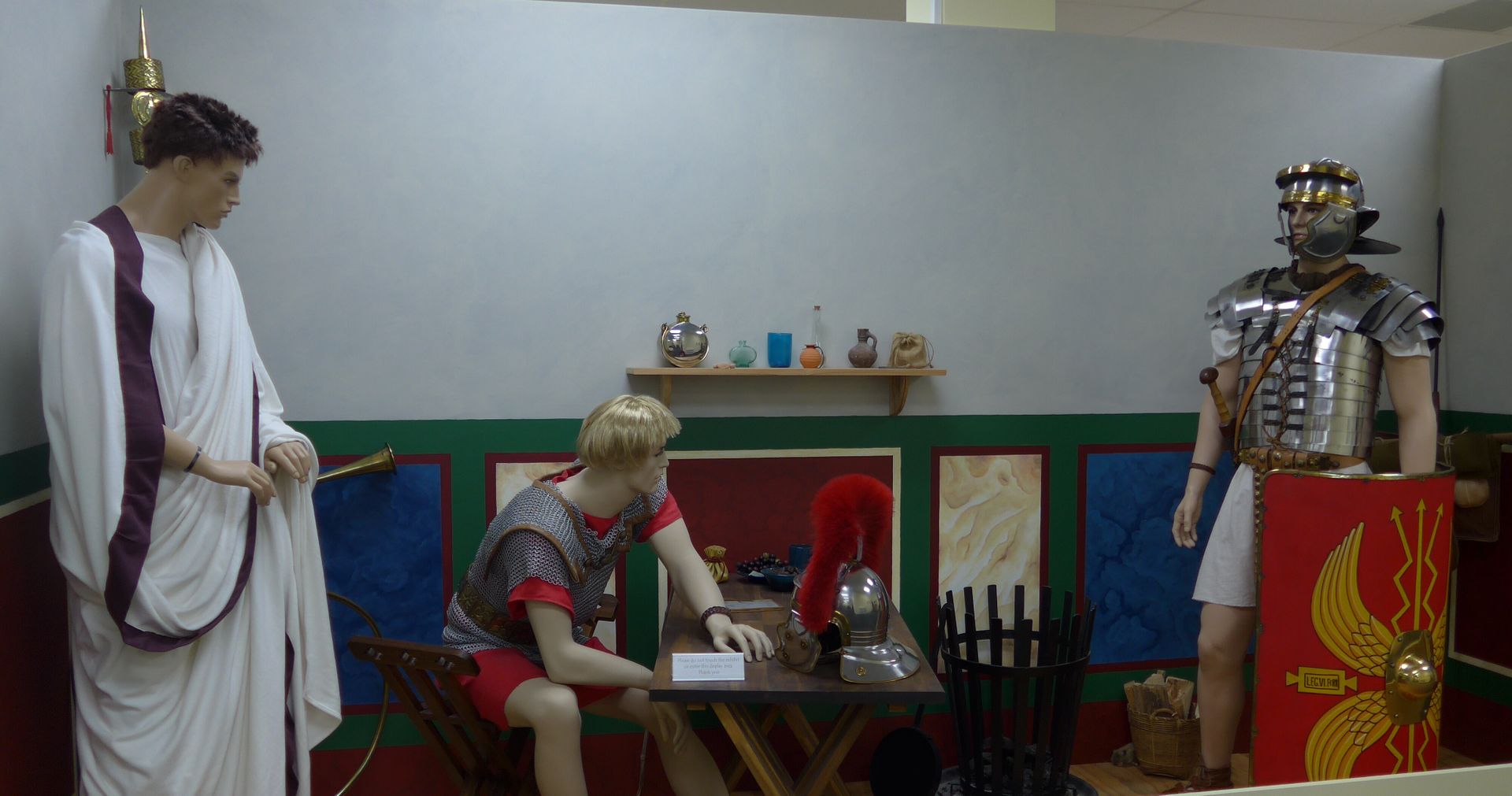
We made a stop at the Bibleworld Museum, a small but very nice exhibition about the Old and New Testaments.
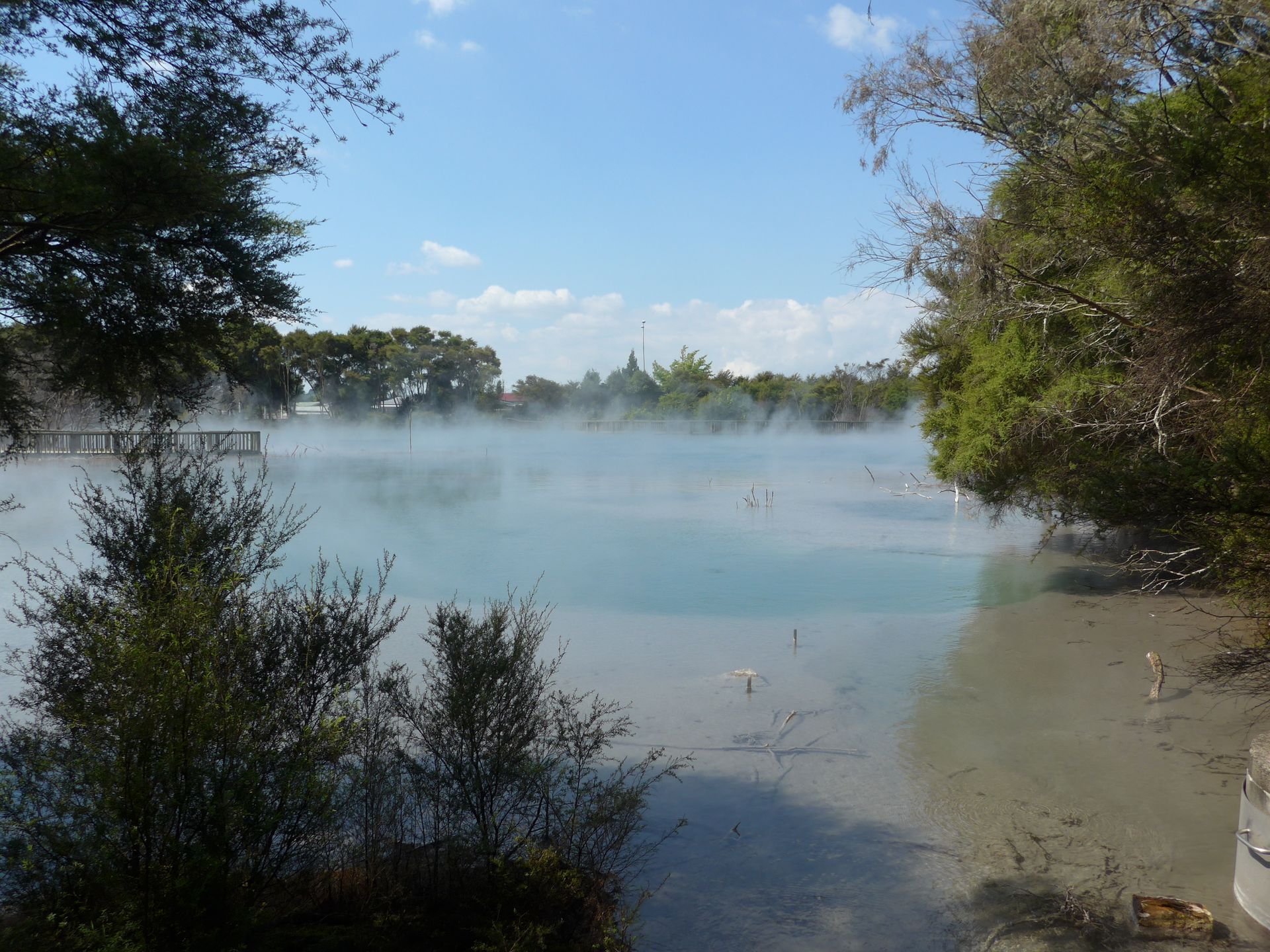
We took a walk in Kuirau Park, a publicly accessible thermal park in the middle of the city.
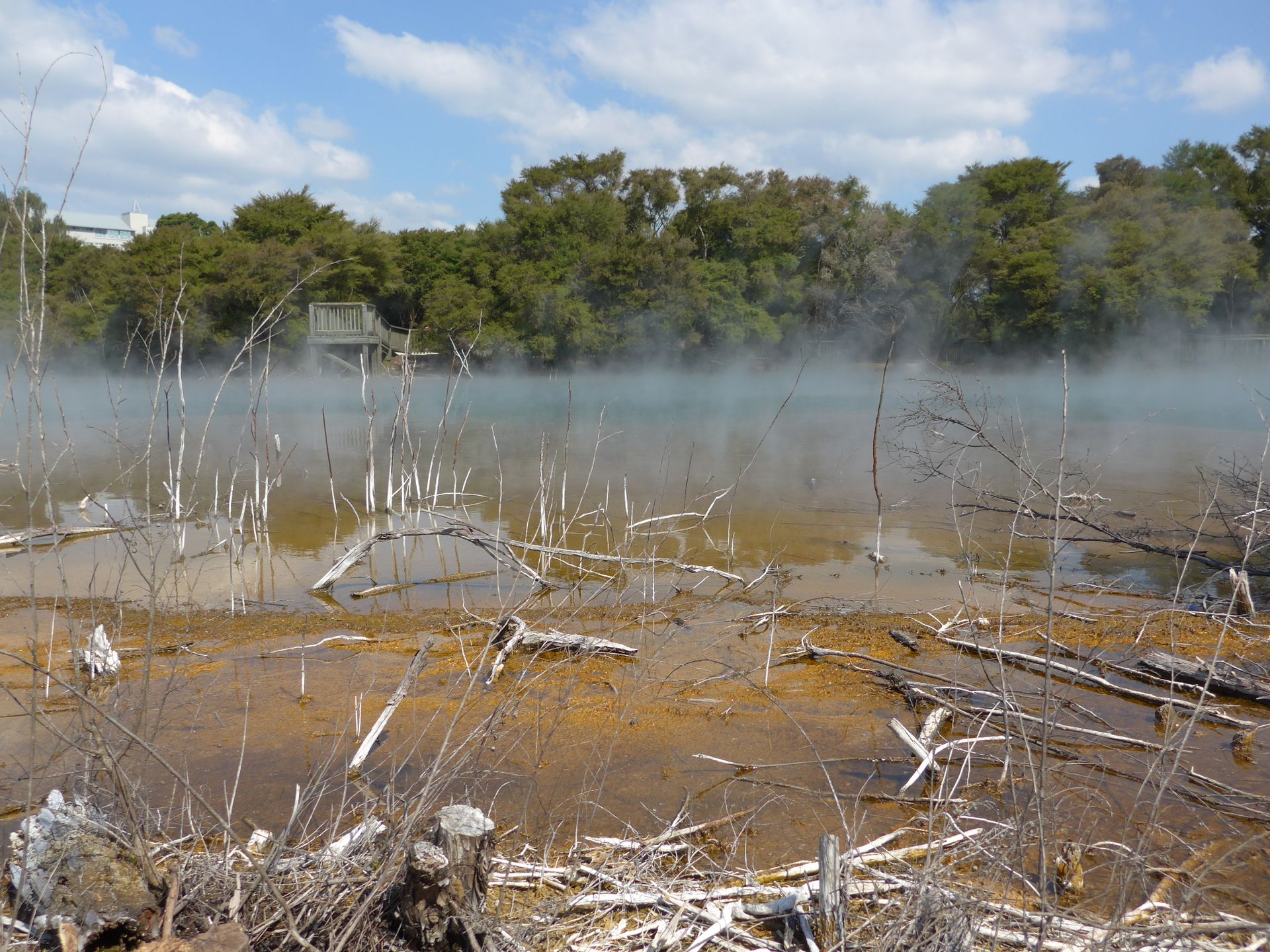
We saw bubbling mud pools and hot springs as well as a large steaming lake.
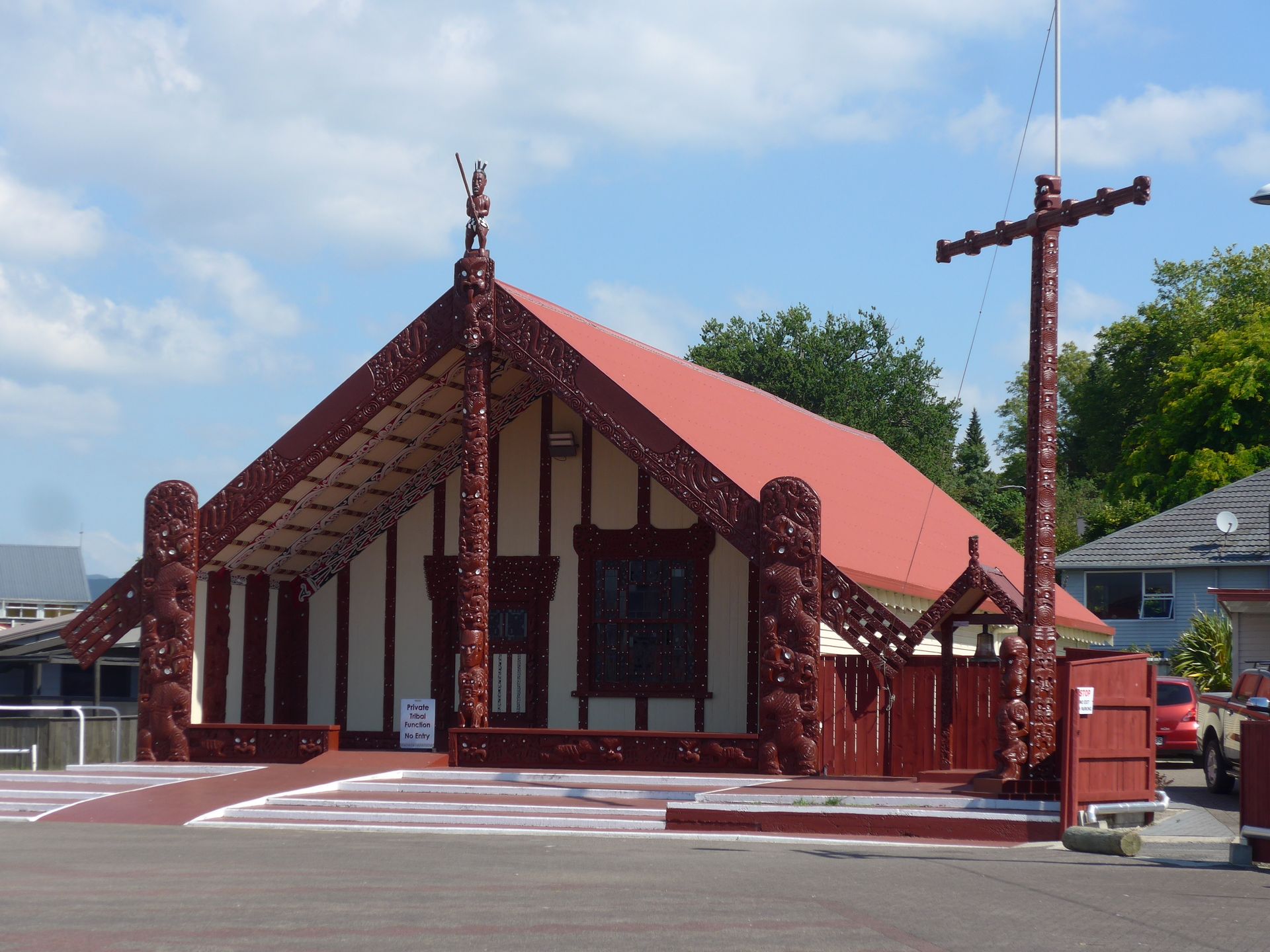
Finally, we strolled through the Maori village of Ohinemutu, which is like a kind of enclave in Rotorua. At first, it looked like a normal suburb with small houses, until we discovered the first artistically decorated houses and eventually the assembly house.
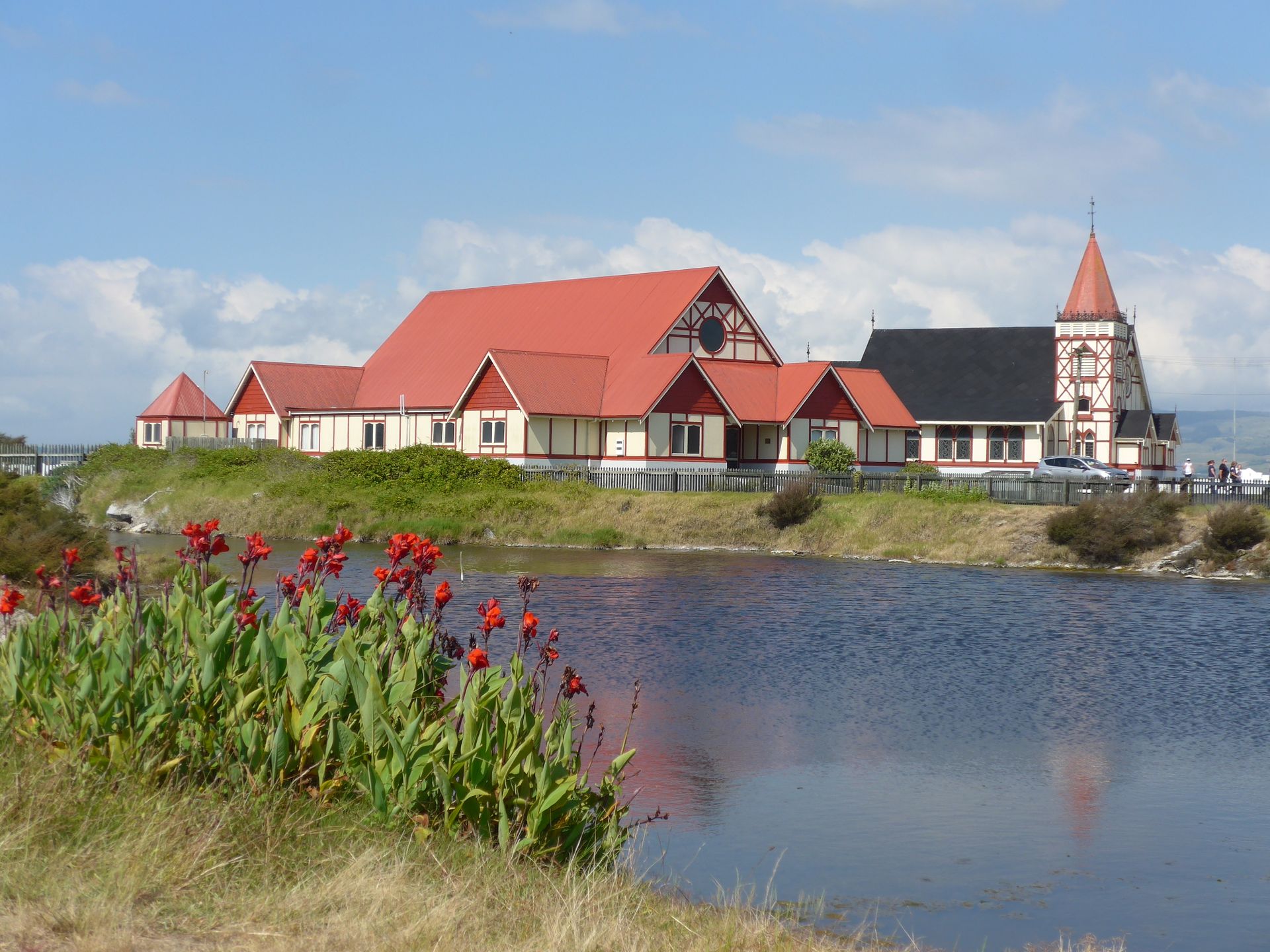
Unfortunately, we only saw the Saint Faith's Church from the outside because it was already closed. Inside, there is supposed to be a depiction of Jesus as a Maori chief.
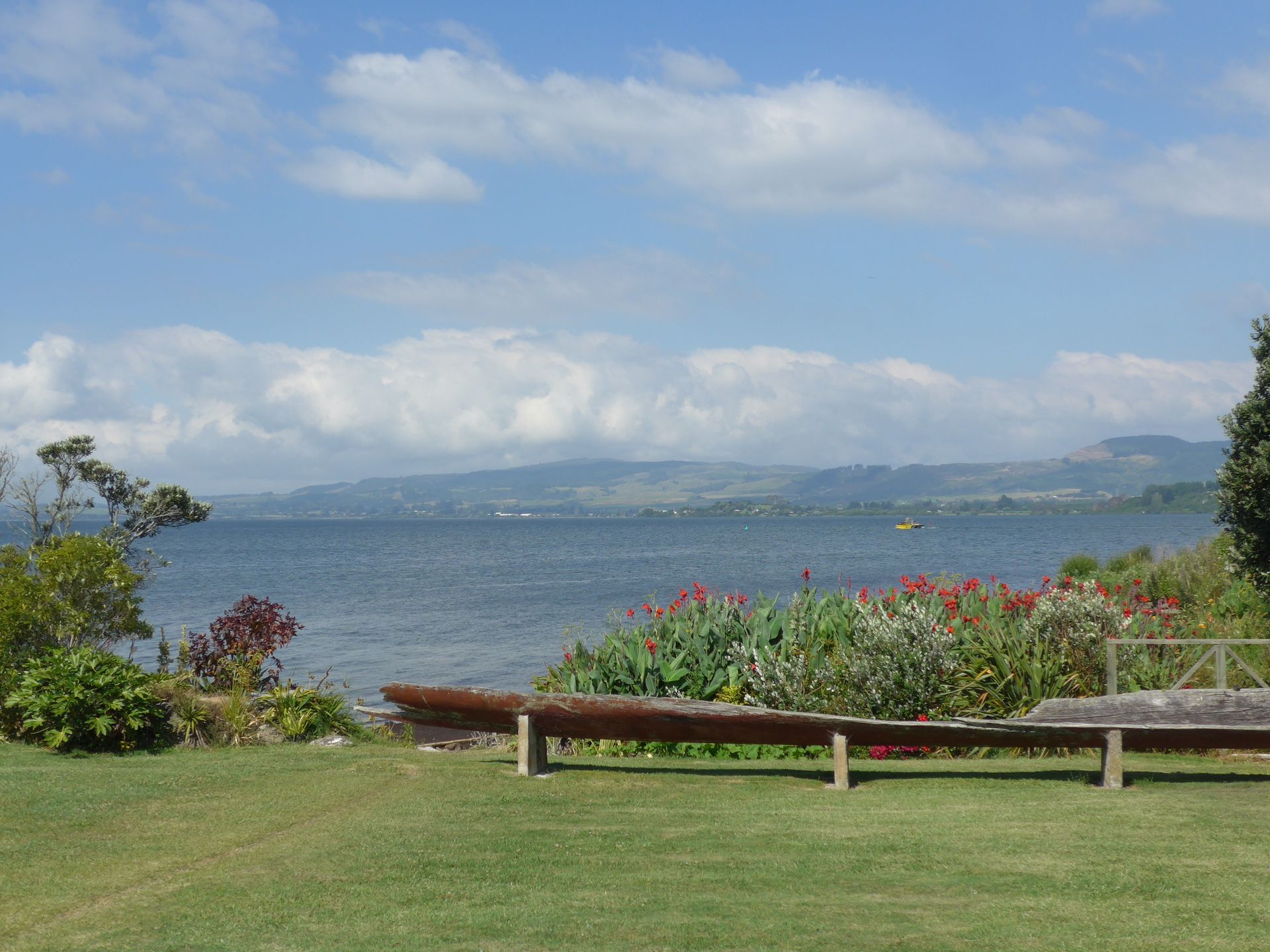
We then walked back to our parking spot along the lake shore.

The next morning, we drove to the "thermal wonderland" of Wai-O-Tapu, whose landscape is created by volcanic activity.
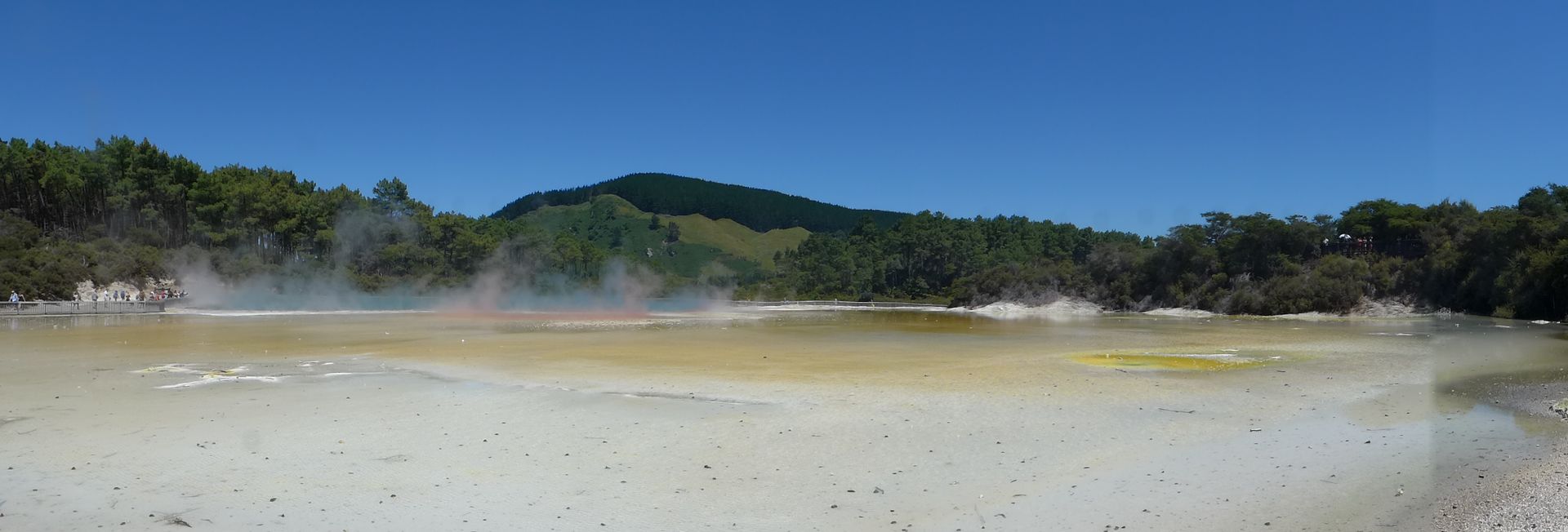
Once a day - exactly at 10:15 a.m. - you can watch the eruption of the Lady Knox Geyser. Then, an employee pours soap solution into it to reduce the surface tension, and after some bubbling, the geyser erupts.
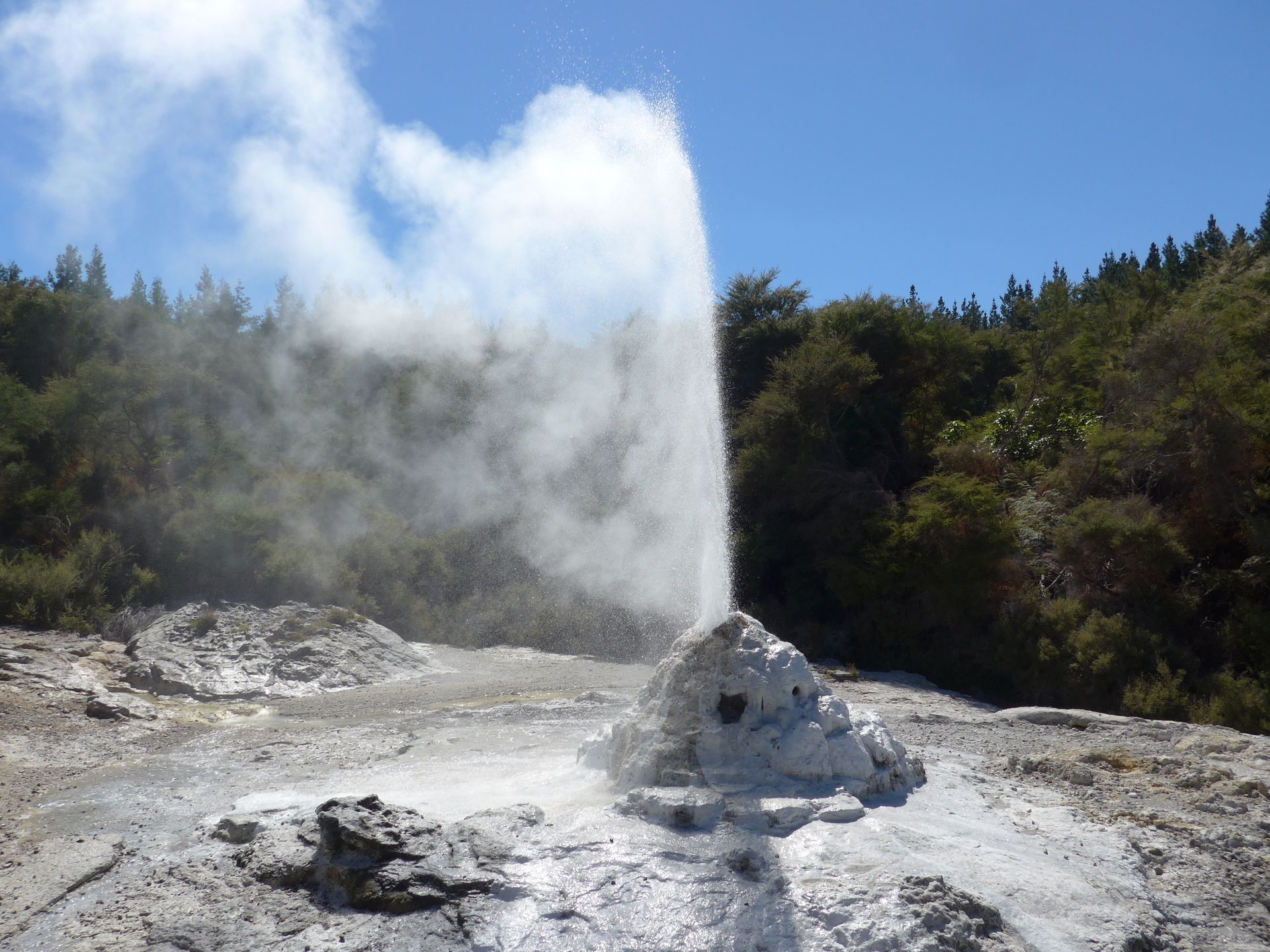
We then went to the "Mud Pools." These are giant bubbling mud holes. Due to the temperatures (60°C-80°C, up to 100°C with steam), it is not suitable for bathing.
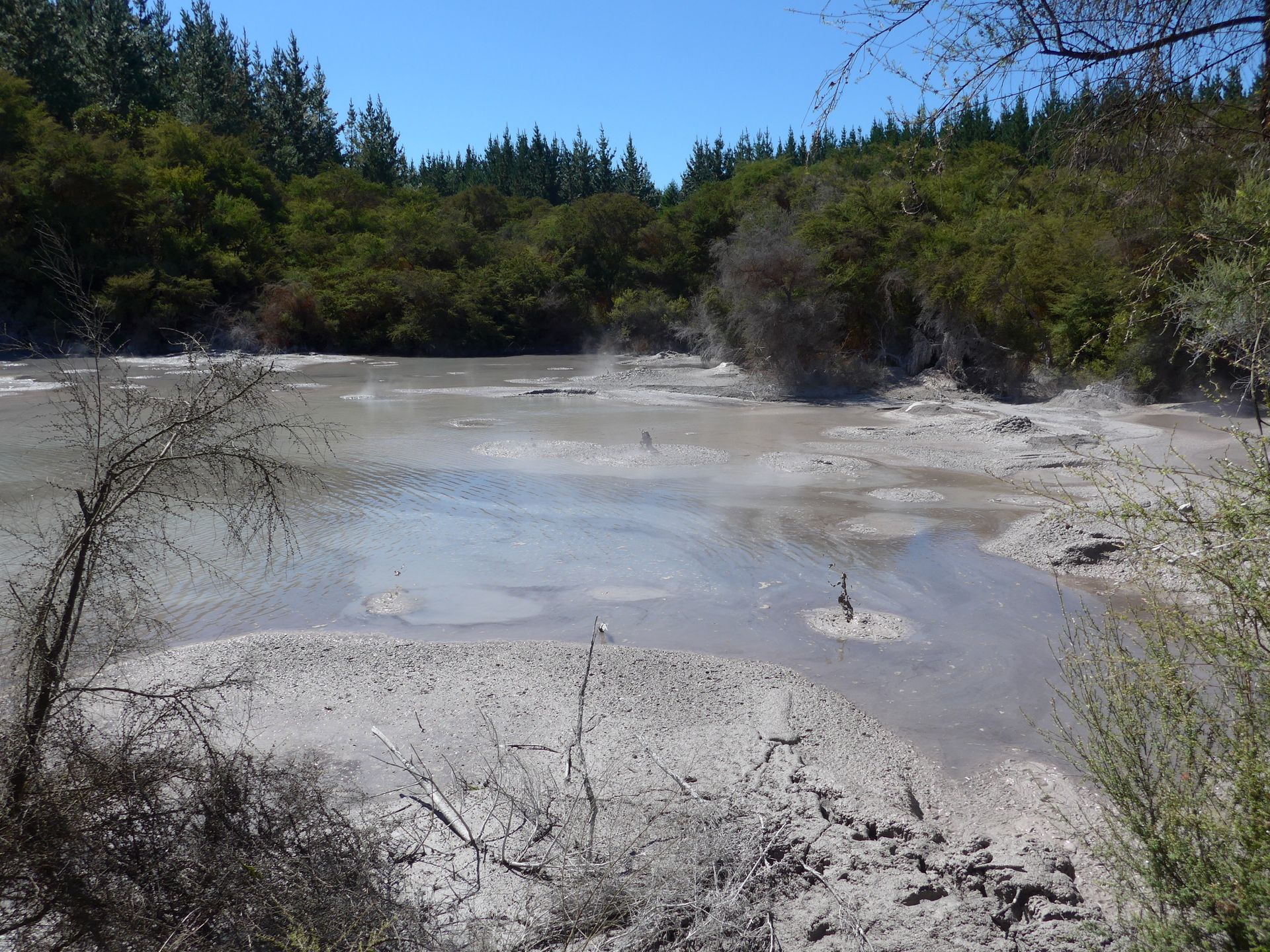
We were able to explore the actual park on three circular paths, which consisted of craters, hot springs, silica terraces, and bodies of water.
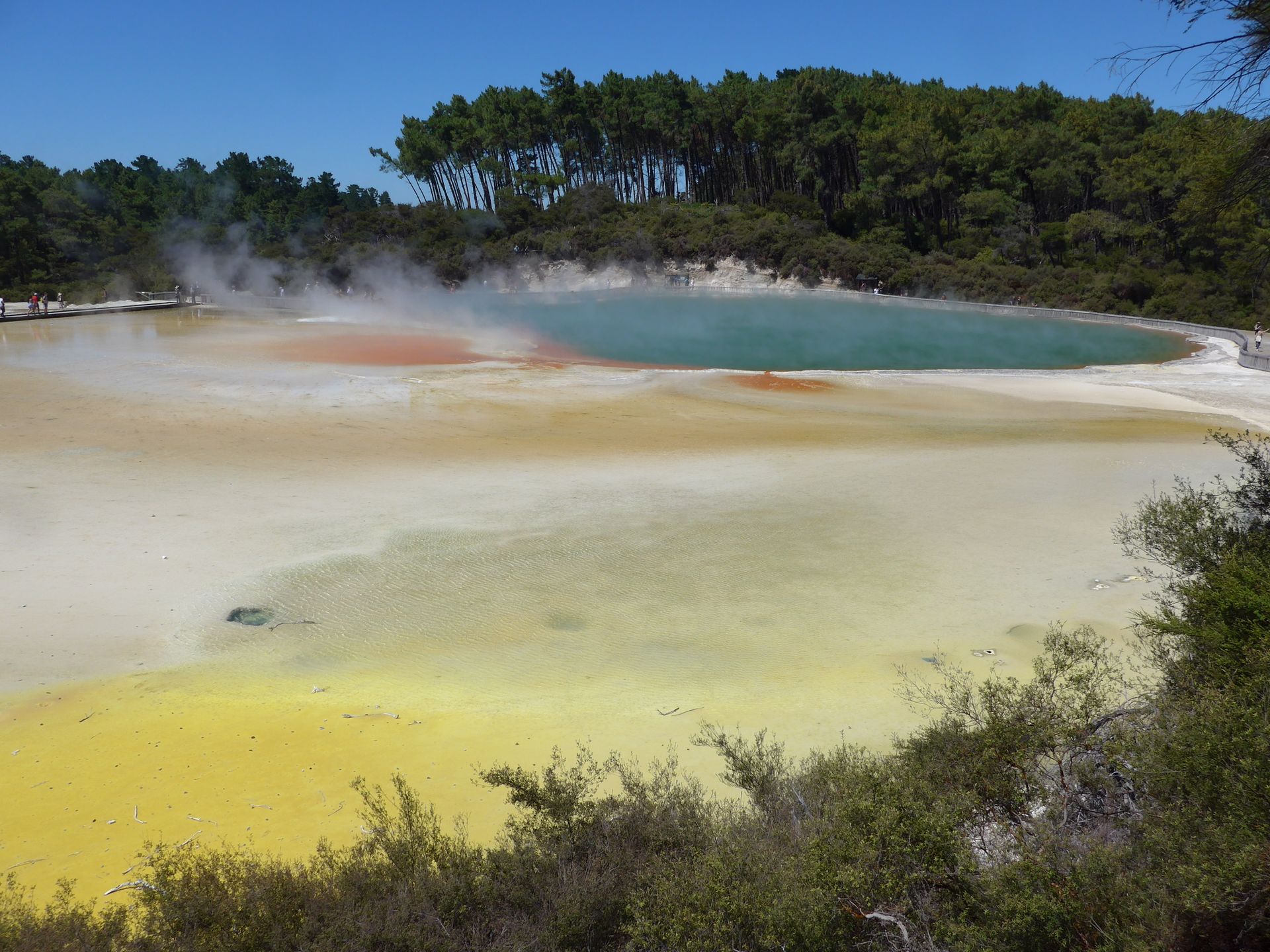
The "Champagne Pool" stood out, which is the largest hot spring in New Zealand with a diameter of 65 m and a depth of 62 m. Carbon dioxide bubbles in the water, which gave the pool its name.
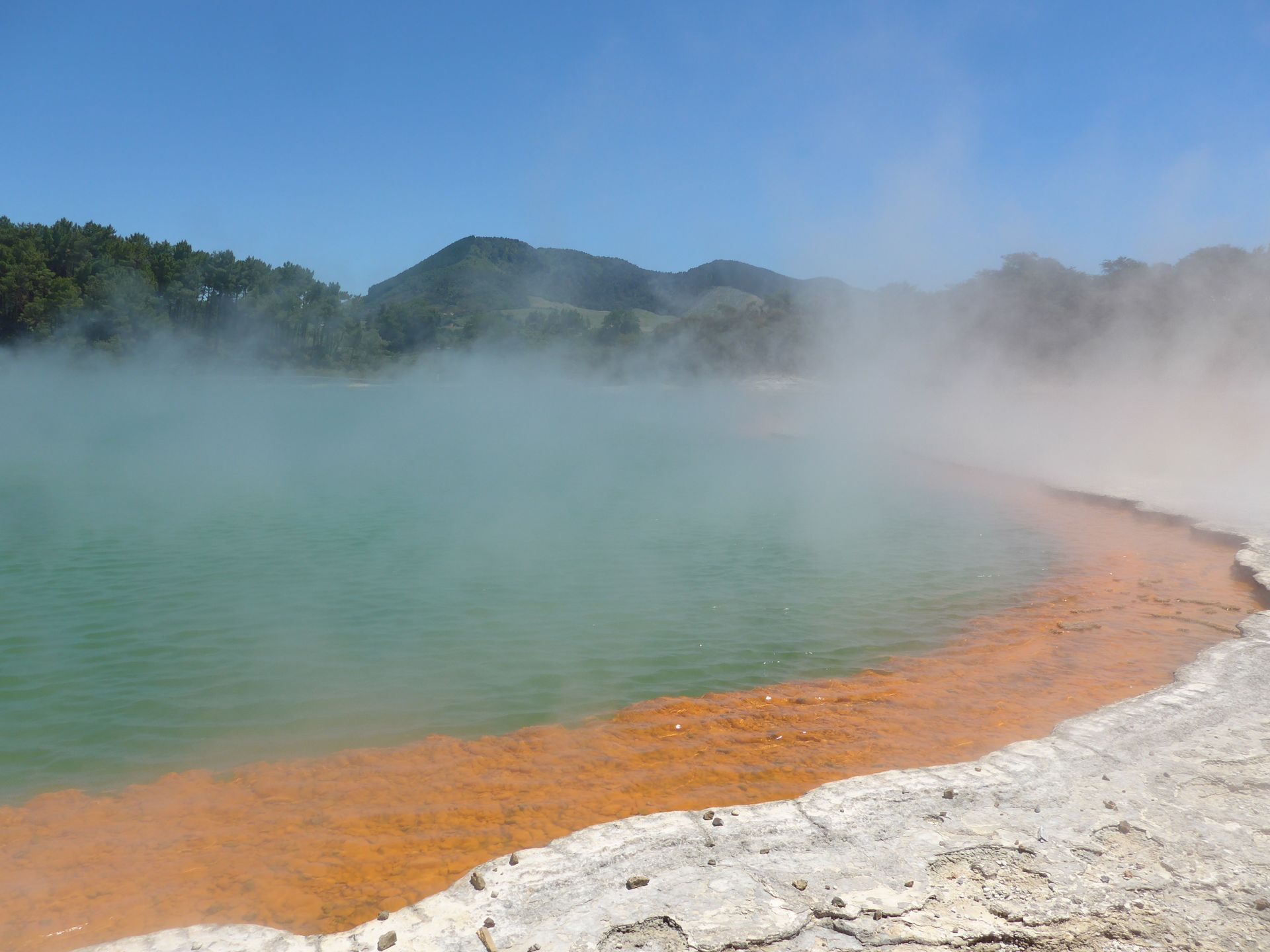
There were also bubbling craters, whose sounds were used for the Mordor scenes in the "Lord of the Rings" movies.

There were even birds nesting in one of the craters, which use the warmth for breeding and heating.
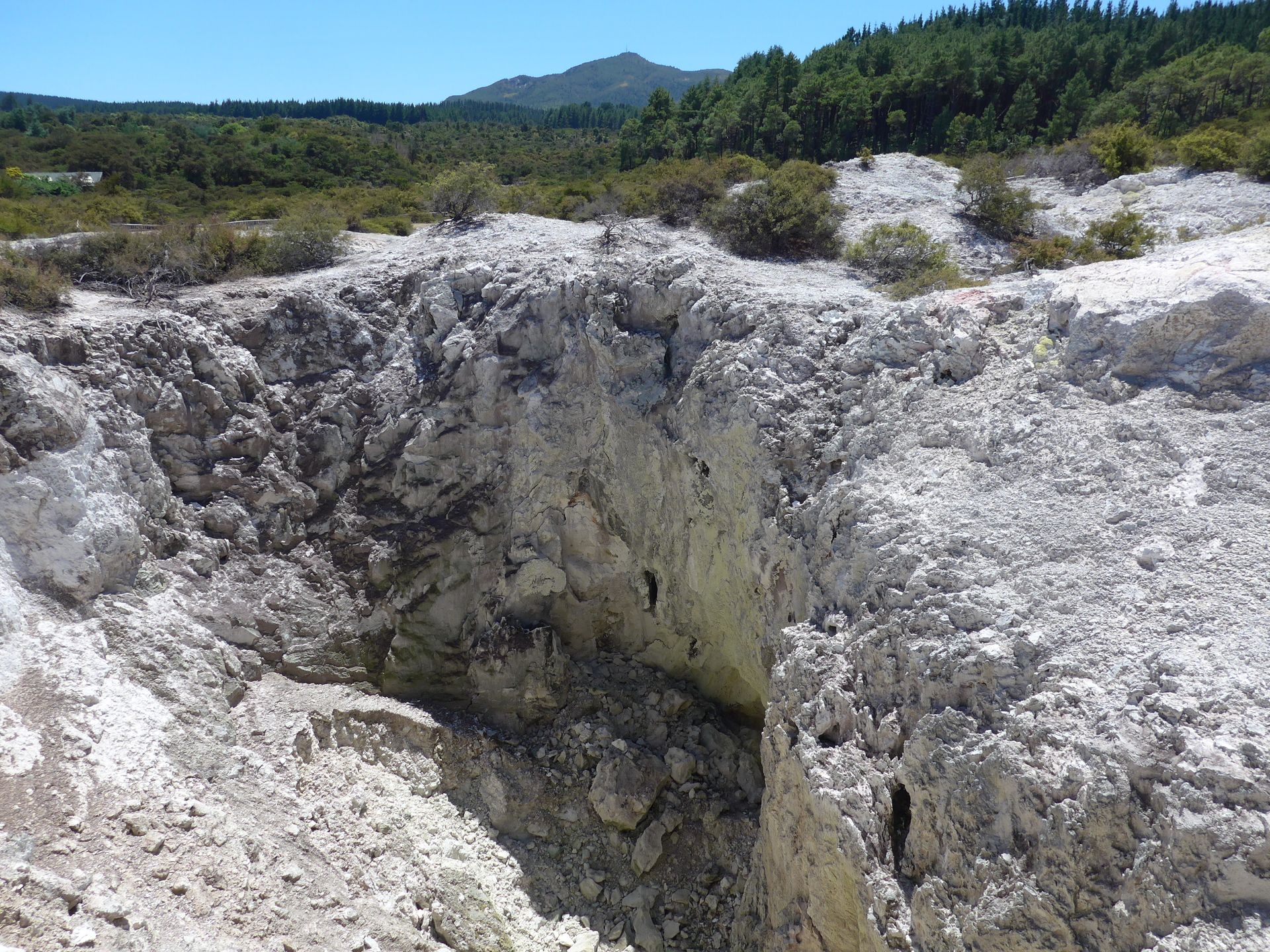
At the end of the tour, we came across a particularly green glowing lake. It is not particularly warm at 14°C, but with a pH value of 2, it is not suitable for swimming...

Подписаться на новостную рассылку
Отвечать

Отчеты о поездках Новая Зеландия
